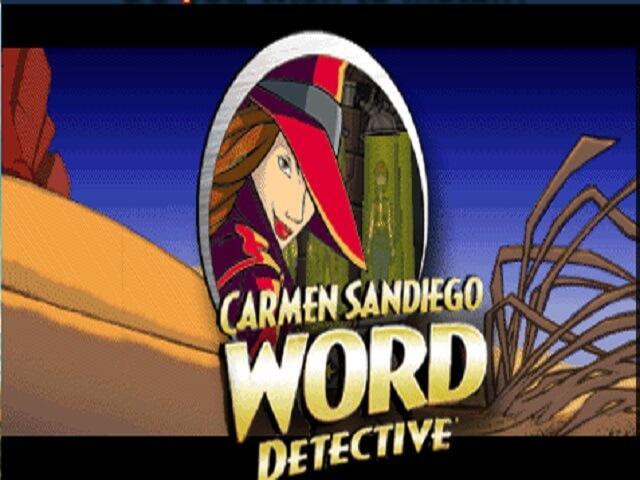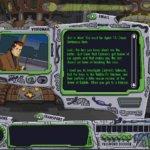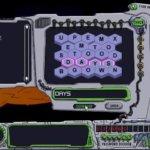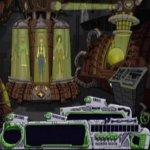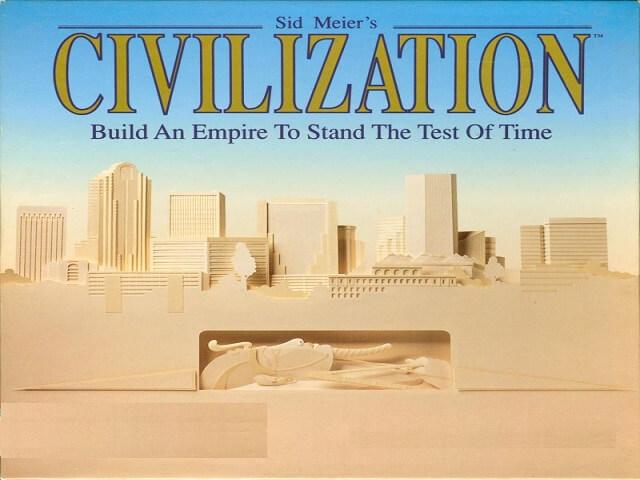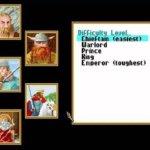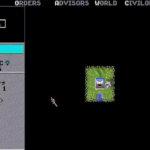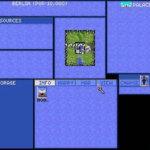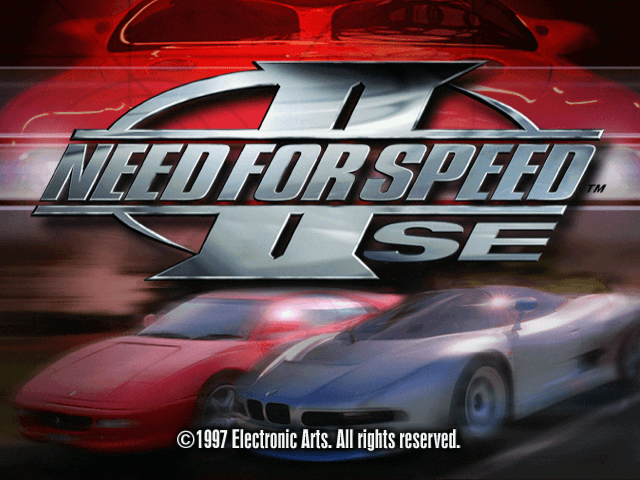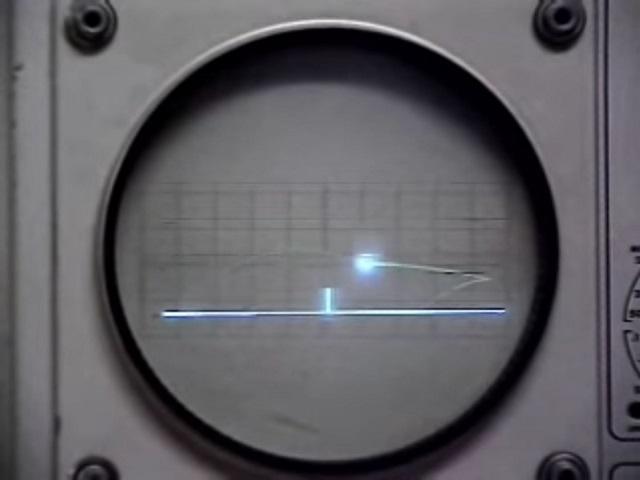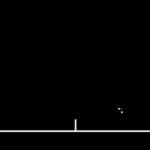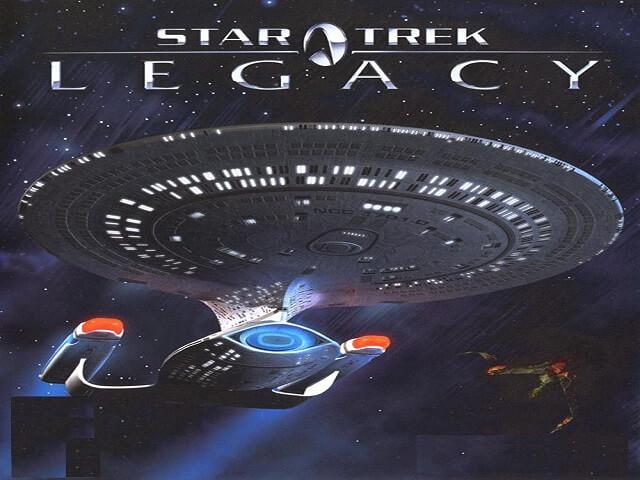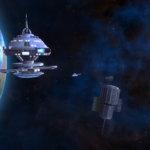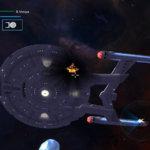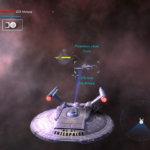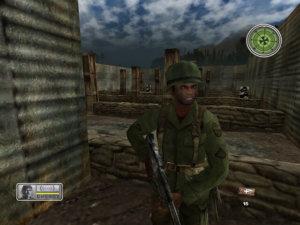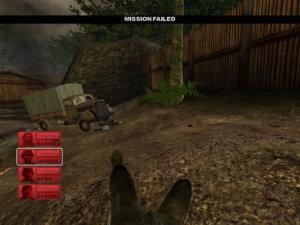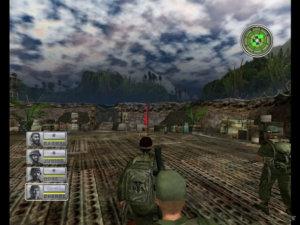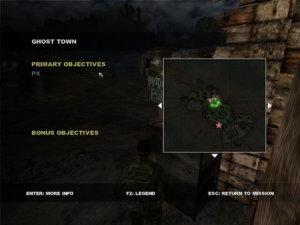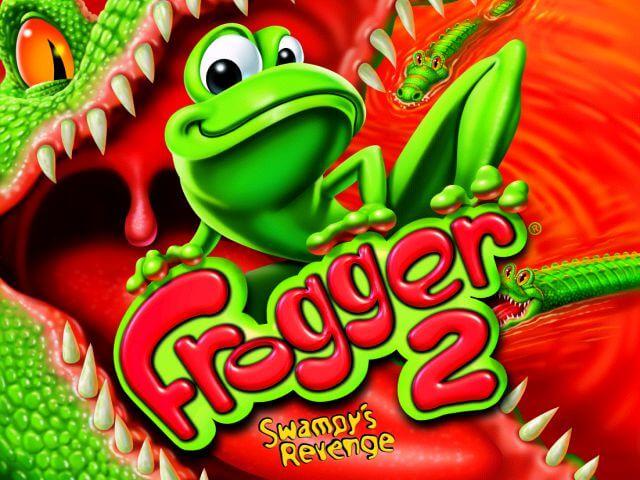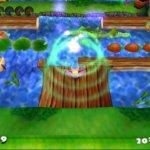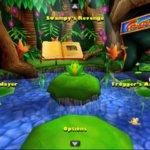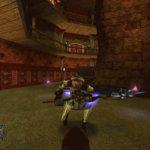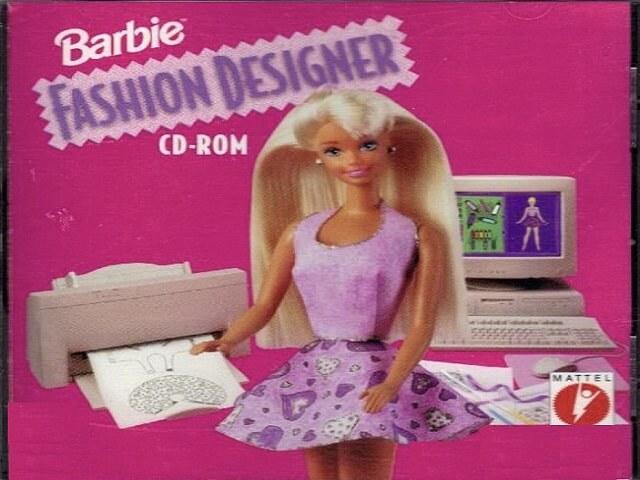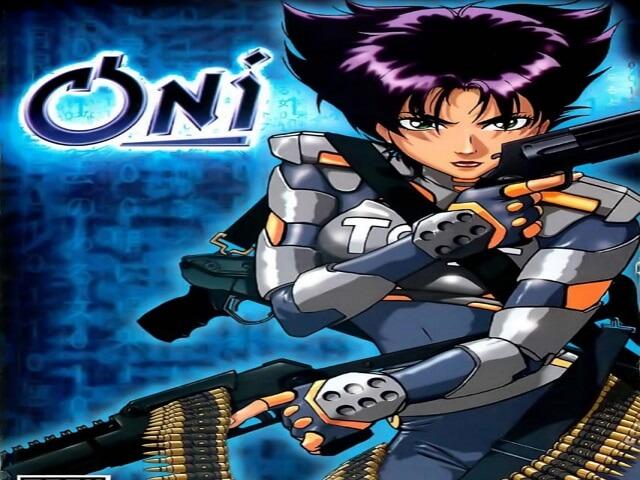Category: PC Games
-

JumpStart Kindergarten
Game Description
JumpStart Kindergarten (also known as Jump Ahead Classic Kindergarten in the United Kingdom) is an educational computer game published by Knowledge Adventure on the MS-DOS platform in 1994. (v1.0). It was the first product in the JumpStart series, and as the name implies, it is designed to teach kindergarten students. It is the first educational software program that covers the entire kindergarten curriculum, according to Knowledge Adventure founder Bill Gross. In 1995, it was ported to the Windows and Macintosh operating systems (v1.2). On November 24, 1997, a new version was released (v2.0). JumpStart Kindergarten was specially designed for VHS in 2000. In the same year, it was updated with new content in a 2-CD Deluxe version (v2.6) 2000, which included JumpStart Around the World. JumpStart Advanced Kindergarten eventually replaced it in 2002.
[title] Gameplay
JumpStart Kindergarten is set in a kindergarten classroom. The teacher, an anthropomorphic grey bunny named Mr. Hopsalot, hosts Kindergarten JumpStart. The game’s details differ between the two versions, but in both, the user can access educational activities and simple games by clicking on objects. All of the activities are accessible from a single screen inside the classroom in the early version. In the re-release, different areas of the classroom and nearby areas outside containing activities can be explored, and playing activities earn the player starts as a new addition.
Download [title]
We might have JumpStart Kindergarten reading download available for more than one platform. JumpStart Kindergarten 1994,1995,1998 is currently available on these platforms:
Windows (1995)
[title] Screenshots
Windows

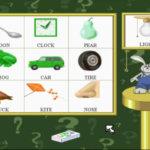


“JumpStart Kindergarten” FAQs
- What is “JumpStart Kindergarten”?
- “JumpStart Kindergarten” is an educational software designed to provide interactive learning experiences for young children.
- What age group is “JumpStart Kindergarten” suitable for?
- The game is tailored for children typically aged 3 to 6 years old, focusing on early educational concepts.
- What subjects does “JumpStart Kindergarten” cover?
- “JumpStart Kindergarten” covers a range of subjects including math, reading, art, music, and critical thinking skills.
- Is “JumpStart Kindergarten” available for multiple platforms?
- Yes, “JumpStart Kindergarten” is available for various platforms including PC, Mac, and mobile devices.
- Are there multiplayer features in “JumpStart Kindergarten”?
- The game primarily focuses on single-player experiences, but some versions may offer limited multiplayer or cooperative options.
- Can parents track their child’s progress in “JumpStart Kindergarten”?
- Yes, many versions of “JumpStart Kindergarten” include progress tracking features that allow parents to monitor their child’s learning journey.
- Is there a free trial or demo available?
- Some versions of “JumpStart Kindergarten” may offer free trials or demos to give parents and children a preview of the game.
- Does “JumpStart Kindergarten” offer customizable settings for individual children?
- Yes, the game often includes customizable settings to adjust difficulty levels and tailor the learning experience to each child’s needs.
- Is “JumpStart Kindergarten” aligned with educational standards?
- Yes, “JumpStart Kindergarten” is designed to align with educational standards to ensure it complements school curriculums.
- Where can I find more information about “JumpStart Kindergarten”?
- Additional information about “JumpStart Kindergarten” can be found on the official website, through customer support, or via educational software retailers.
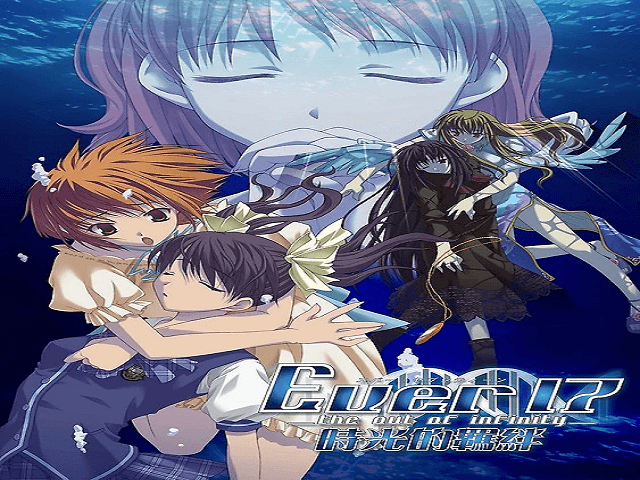
Ever 17 The Out of Infinity
Game Description
KID created the visual novel video game Ever 17 The Out of Infinity. It is the second installment of the Infinity series, following Never 7: The End of Infinity, Remember 11: The Age of Infinity, the spin-off 12Riven: The Psi-Criminal of Integral, and the reboot Code 18. It was first released on the PlayStation 2 and Dreamcast in Japan on August 29, 2002, and was later ported to Microsoft Windows, PlayStation Portable, Android, and iOS. Hirameki International released localization of the Microsoft Windows version in North America in 2005.
Ever 17 The Out of Infinity follows Takeshi Kuranari and “the Kid,” a boy with amnesia who is trapped inside an underwater theme park with a group of other people after a leak has flooded parts of the park; they cannot contact people on the surface, and the park is expected to implode after 119 hours due to high water pressure. The gameplay consists of the player reading the game’s story and making decisions that affect the story’s direction, leading to one of several possible endings.
Takumi Nakazawa directed the project, as did writer and planner Kotaro Uchikoshi, character designer Yuu Takigawa, and composer Takeshi Abo. Because the science fiction aspects of Never 7 were well received, Ever 17 was created with a greater emphasis on science fiction. Ever 17: The Out of Infinity has received positive feedback, with critics praising its story, characters, music, and graphics as among the best in its genre.
In 2011, 5pb. and Cyberfront released Ever 17, a remake for the Xbox 360. It includes several changes to the story and characters, as well as additional illustrations by Takigawa and new music arrangements by Abo. The original visual novel’s 2D sprites were replaced by 3D models because 3D models were thought to be easier to animate.
| Publishers | KID, Success, Cyberfront, 5pb., Hirameki International |
| Developers | KID |
| Release date | 2002 |
| Genre | Adventure |
Download [title]
We might have Ever 17 The Out of Infinity available for more than one platform. Ever 17 The Out of Infinity is currently available on these platforms:
Windows (2003)
How to play on Windows
- Download and Extract Ever_17_The_Out_of_Infinity_Win_Files_EN.7z
- Run “ever17PC_us.exe” (use “ever17PC_Win8.1.exe” if using Windows 8.1)
- Play the game
[title] Screenshots
Windows




